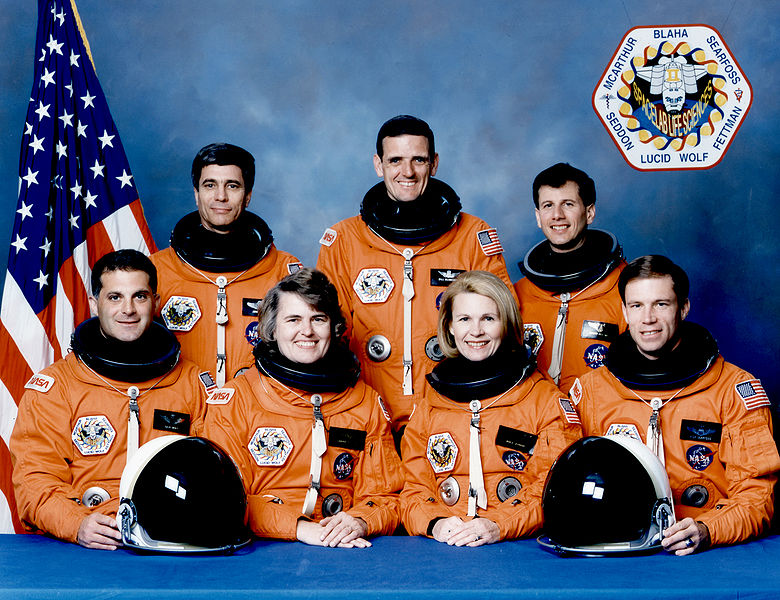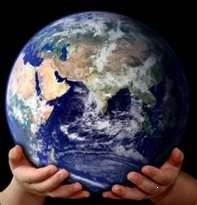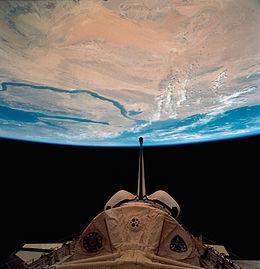John E. Blaha
(Fourth Space Flight)
Richard A Searfoss
M. Rhea Sheddon
(Third Space Flight) Mission Specialist 1:
William S. McArthur
(First Space Flight) Mission Specialist 2:
David A. Wolf
(First Space Flight) Mission Specialist 3:
Shannon W. Lucid
(Fourth Space Flight) Mission Specialist 4:
Martin J. Fettman
(First Space Flight)
STS-58 shuttle mission of Space Shuttle Columbia launched from Kennedy Space Centre, Florida, on 18 October 1993. It was also the last time Columbia would land at Edwards Air Force Base.
A free template by Lucknowwebs.com for WYSIWYG WebBuilder 8
Study
Research
Main Index
Space Cosmology
Science Research
*
About
Science Research
Science Theories
Desk
Site Map
BookShelf
Copyright © by Nigel G Wilcox · All Rights reserved · E-Mail: ngwilcox100@gmail.com
Designed by Nigel G Wilcox
Powered By AM3L1A
Pages within this section: USA Shuttle Mission Flights
STS-58
Pages within this section:
The Space Shuttle Missions
Astronauts:
STS-58
Command Pilot:
Pilot:
53
M
8
SM
Sub-Menu
menu
-
54
55
56
57
58
59
60
(First Space Flight) Payload Specialist 1:

STS-58 was a 1993 shuttle mission dedicated to life sciences research. Columbias crew performed a series of experiments to gain knowledge on how the human body adapts to the weightless environment of space. Experiments focused on cardiovascular, regulatory, DNA, neurovestibular and musculoskeletal systems of the body. The experiments performed on Columbias crew and on laboratory animals (48 rats held in 24 cages), along with data collected on the SLS-1 mission in June 1991, will provide the most detailed and interrelated physiological measurements acquired in the space environment since the Skylab program in 1973 and 1974.
Crew members conducted experiments aimed at understanding bone tissue loss and the effects of microgravity on sensory perception. Two neurovestibular experiments investigating space motion sickness and perception changes were performed on the 2nd day as well. Astronauts Lucid and Fettman wore a headset, called an Accelerometer recording Unit, designed to continually record head movements throughout the day.
Only one minor issue came up on Tuesday, 19 October 1993 associated with a circuit breaker that tripped, cutting off power temporarily to one of the rodent cages in the module. Flight controllers in Houston reported it was not caused by a short in the electrical system and the breaker was reset, restoring power to the cage.
McArthur and Blaha began using the Lower Body Negative Pressure device on flight day 3, which is being tested as a countermeasure for the detrimental effects of microgravity. All three flight crew members will collect urine and saliva samples and keep logs of their exercise and food and fluid intake as part of the Energy Utilization detailed supplementary objective. DSO 612 looks at the nutritial and energy requirements of crew members on long-duration space flights and the relationship between fluid and food consumption.
Another test flying aboard Columbia was the "Portable In-flight Landing Operations Trainer" (PILOT), a laptop computer simulator that was flown to qualify its use as a tool for helping the mission commander and pilot maintain their proficiency for approach and landing during longer duration Space Shuttle flights. The laptop was controlled using a joy stick hand controller similar to the one used to fly the orbiter in the final minutes before landing. The simulator would continue to see use up to and including the final Shuttle flight.
Spacelab Module LM2 in Columbia's payload bay, serving as the Spacelab Life Sciences laboratory
Data Courtesy Wikipedia.org















